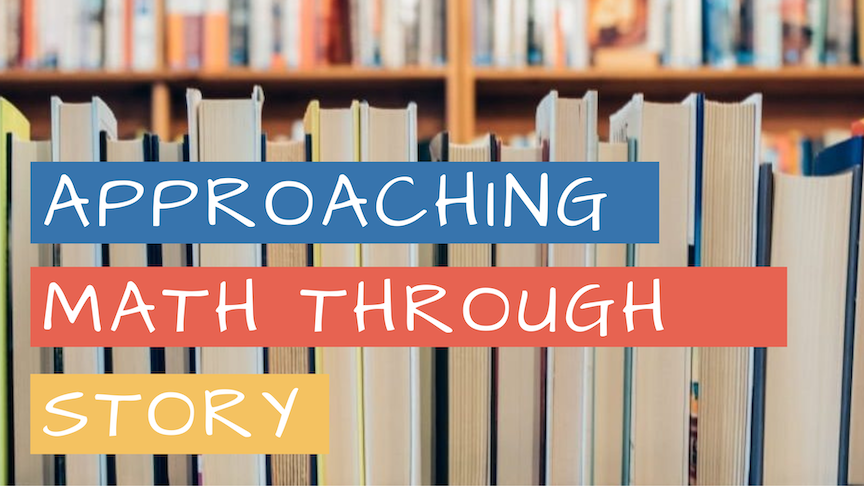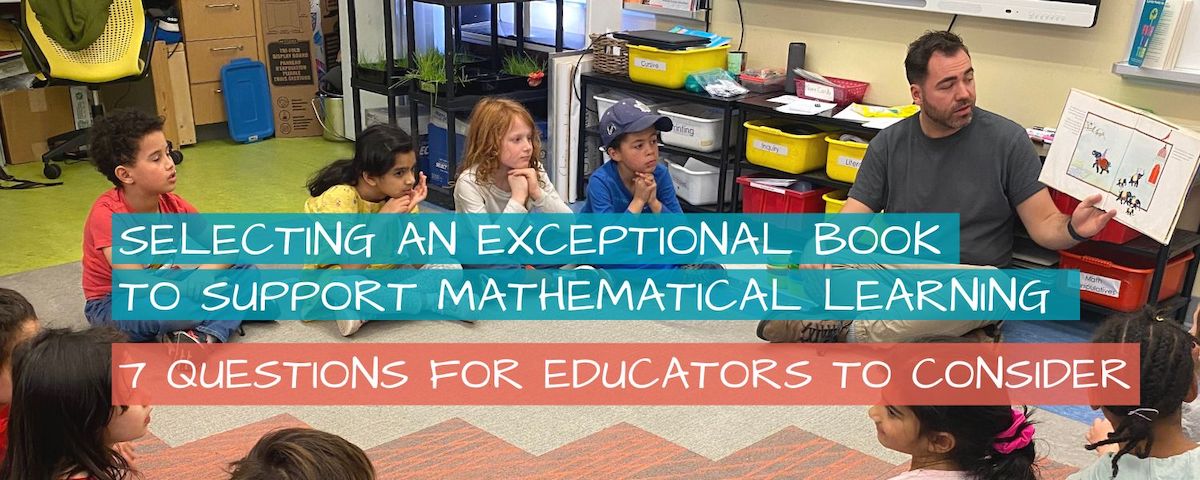
David Osorio will often use storybooks to pique his student’s interest in mathematics. The Dr. Eric Jackman Institute of Child Study teacher has watched as children begin to relate to the characters and situations in the books he reads. Choosing an appropriate book can be challenging, though, because he is careful to consider the diverse backgrounds and needs of his Grade 2 students.
Recently, his class read One Grain of Rice, a folk tale from India about exponential growth and a clever-thinking girl who outsmarts a despotic Rajah. Upon revealing the book to his class, it was clear David had been successful in his choice: “I know this story!” a student said, jumping onto their feet with glee. “It’s an Indian story! My family is from India!”
Stories like One Grain of Rice contain characters, locations, and storylines that are generally underrepresented in Ontario classrooms. These are stories with strong characters from different and diverse backgrounds approaching complex and interesting math concepts. In One Grain of Rice, the main character, Rani, engages in problem solving, critical thinking, patterning, number, functions – even algebraic thinking.
Deliberately selecting culturally diverse and relevant literature ensures all students have an opportunity see themselves reflected in class material, says Dr. Cathy Marks Krpan, a math professor in OISE’s Master of Teaching program.
“Students need to believe they can be successful mathematicians,” she says. “Seeing people like themselves overcoming challenges through problem solving in literature provides a model for them to aspire to.”
It’s something David’s seen on more than one occasion.
“For this child, math isn’t a subject I necessarily see her get excited about,” he says. “But that familiarity with the story actually boosts her confidence. When we began engaging in a math activity after the story, she was energized and motivated to make an effort with the more complicated components of the math challenge.”
“When you open a picture book and sit in a quiet space, you share a world together. A community of mathematical story and experience.”
Using books to approach math engages learners
The benefits to using picture books to approach mathematical learning are numerous. The most significant is increased engagement, a known predictor of success in learning (Singh et al., 2015; Maamin et al., 2021). The framework of reading a book is familiar to children, as they often experience it both at home and in the classroom. A familiar environment and a familiar structure provide comfort to explore new concepts and, ultimately, take risks. It also leads to personal connections and the recollection of previously learned knowledge.
For students from underrepresented racial or ethnic groups, both language and theme can be a difficult barrier to overcome. In an article looking at the difficulties English Language Learners (ELLs) face in mathematical word problems, researchers note that word problems often use “at-home” language (i.e., dishwasher, laundry, chores, etc.). Because the vocabulary ELLs learn is often school related (i.e., calculator, desk, pencil), ELLs must work harder to understand the knowledge their classmates already bring to class (Moschkovich & Scott, 2021).
Moreover, word problems typically use low-frequency and multiple meaning words, such as “decibel” and “raised” (Moschkovich & Scott, 2021). When the context is invisible for students, confusion arises. The pictures and the storyline in picture books may provide a more meaningful context for ELLs, allowing for stronger comprehension. Dr. Cathy Marks Krpan suggests from an equity standpoint, selecting culturally diverse books allows students an improved opportunity for comprehension.
Determining whether a book is exceptional at supporting mathematical learning is a daunting task, especially when introducing culturally diverse content.
Here are seven self-reflective questions for educators to consider when selecting storybooks to support mathematical learning.
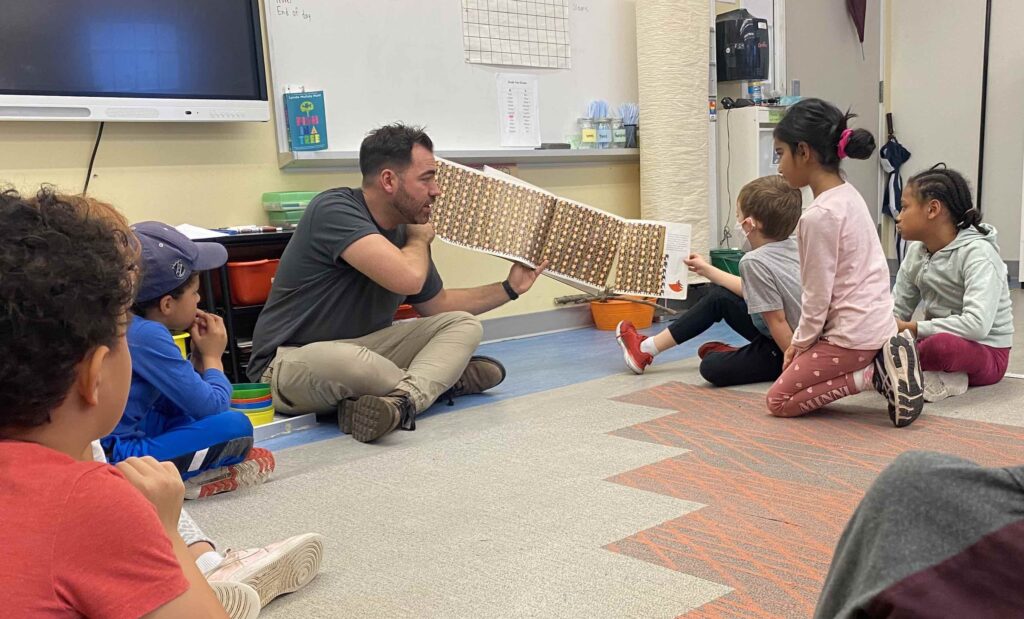
Educator David Osario reads One Grain of Salt to his Grade 2 class at the Dr. Eric Jackman Insitute of Child Study.
Video read aloud:
One Grain of Rice
This read aloud is part of a video collection featuring children’s stories that can be used to approach mathematical thinking and skill development. Along with each story, The Robertson Program has created a sample lesson.
Related blog
“All the aesthetic dimensions of a high-quality children’s book should obtain: evocative, rhythmic writing; artful illustrations that complement or counterpose the text; compelling plot, credible characters, vivid setting; and so on.”
– Dr. Julie Comay
Recommended exceptional books
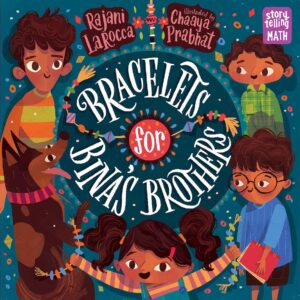
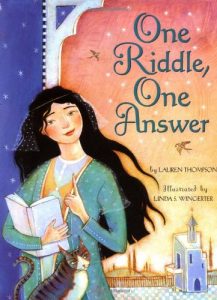

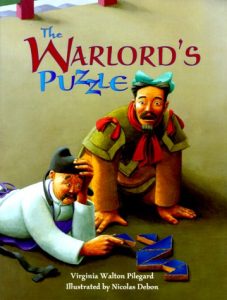
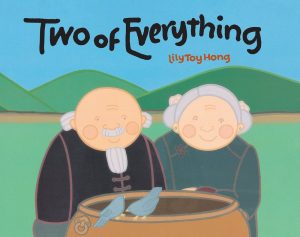
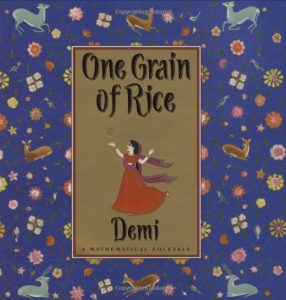
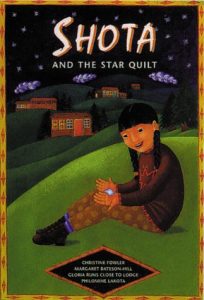
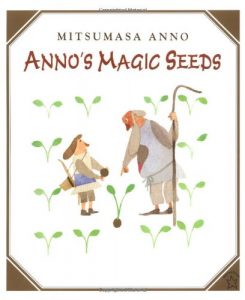
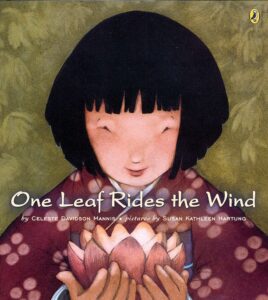
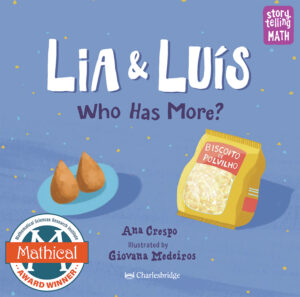
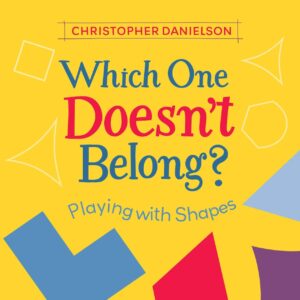
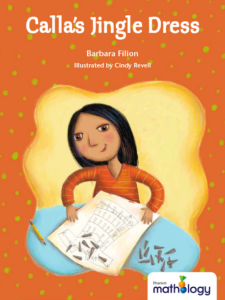
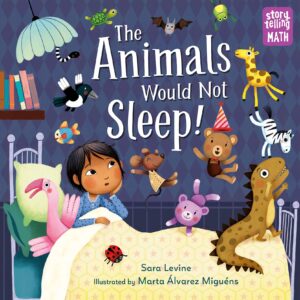
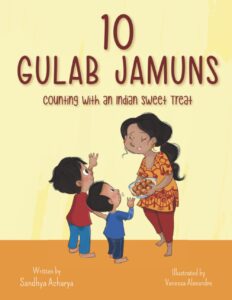
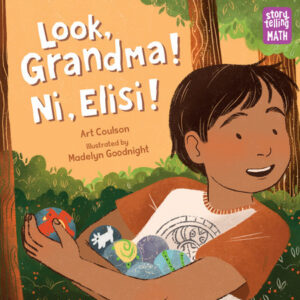
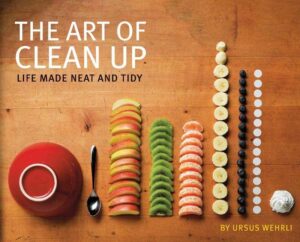
A list of exceptional books
We are compiling a regularly revised list of exceptional books that approach math exceptionally well.
7 questions educators should consider when selecting books to support mathematical learning
1. Why are you choosing this book?
- Pairing activities and conversations to deepen cultural and math understanding is an intent that needs to be questioned if it will be achieved through the literature and activity
2. Does the book have rich pictures?
- Rich pictures (those with exceptional detail and which reflect the narrative) provide models and opportunities for math talks
- Accurate pictures help students see realistic and holistic characters of a culture
- Pictures help students see the math come alive and capture interest
3. Is the book culturally affirming? Who is the author?
- Books need to represent cultures accurately. When sourcing books from cultures other than your own, consult expert voices in your community.
- Main characters should be diverse
- Dr. Cathy Marks Krpan notes that the best culturally affirming books are “not necessarily heavily focused on cultural themes (although those are important too!) but focused on diverse main characters being successful at overcoming everyday problems in math.”
- Characters should provide positive models of students engaging in cultural activities and being successful in problem solving
4. Does the book have critical thinking embedded in its theme or foster mathematical discourse? Does it model thinking for students?
- Having models for students to mimic allows them to learn valuable skills to succeed in math
- Seeing problem-solving play out permits students to see success is possible
5. Does the lesson you plan arise naturally from the book, whether the math is implicitly or explicitly shown?
- Naturally arising lessons will allow students to make insightful connections with the narrative
- Lessons that are forced to accompany a story will cause disconnect and will not authentically engage student interest in the learning
6. Does the book allow students to practice risk taking in a low-stakes environment?
- Having a safety-net to make mistakes ensures students can learn without fear of losing marks or embarrassment
- Books that model making mistakes and problem solving demonstrate how to overcome adversity
7. Is there potential for cross-curricular connections?
- The more students can connect to literature in terms of prior experiences or previously learned curricular content, the better they can remember and understand
- When students make text-to-self (connections to personal experience), text-to-text (connections to other literature or other classroom material), text-to-world connections (connections to worldly events or things they see outside in the world), this illustrates their understanding of a concept
- Connections between subject areas (literature being used in multiple subjects) makes it easier for students to make transitions and carry background knowledge
References
Maamin, M., Maat, S. M., & H. Iksan, Z. (2021). The Influence of Student Engagement on Mathematical Achievement among Secondary School Students. Mathematics, 10(1), 41. https://doi.org/10.3390/math10010041
Moschkovich, J. & Scott, J. (2021). Language issues in mathematics word problems for English learners. In A. Fritz, E. Gürsoy & M. Herzog (Ed.), Diversity Dimensions in Mathematics and Language Learning: Perspectives on Culture, Education and Multilingualism (pp. 331-349). Berlin, Boston: De Gruyter.
Singh, A. K., Srivastava, S., & Singh, D. (2015). Student Engagement as the Predictor of Direct and Indirect Learning Outcomes in the Management Education Context. Metamorphosis: A Journal of Management Research, 14(2), 20–29. https://doi.org/10.1177/0972622520150204
Author

Emily Vandenberg
Student Teacher, Master of Teaching Education Program (OISE/U of T)

